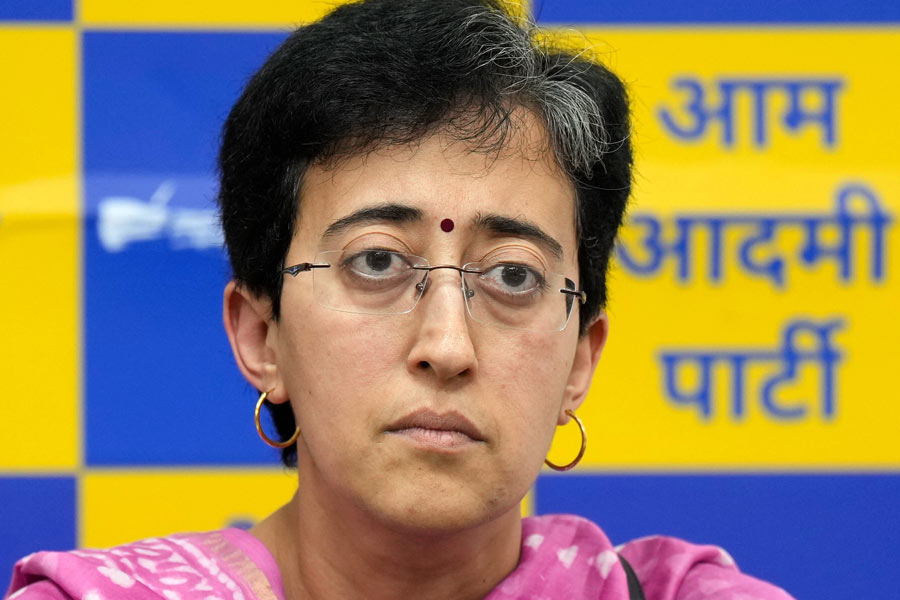Key risk factors for cardiovascular diseases such as unhealthy weight gain, diabetes and high blood pressure have grown faster among the less educated and less wealthy in India and become far more widespread through the population.
Health researchers have generated the first nationally representative evidence of changes to the prevalence patterns of these risk factors since 2016. The changes suggest that cardiovascular disease is no longer a problem primarily affecting the affluent.
Their study has found that unhealthy weight gain increased across all socioeconomic groups between 2015-16 and 2019-21, but the gains were higher among the less educated and less wealthy. The prevalence of diabetes and high blood pressure also increased among disadvantaged subpopulations, but stayed the same or even declined among the educated and the wealthy.
“Any assumptions that CVD (cardiovascular disease) has not yet hit the poor and the least educated are no longer true,” said cardiologist Dorairaj Prabhakaran, executive director of the Centre for Chronic Disease Control, New Delhi, and a study team member.
The observed changes to the prevalence patterns of the risk factors, he said, appear to signal anticipated trends -- improved socioeconomic status leads to better nutrition and health-related behaviour and a lower risk of CVD.
But the worryingly large increases in the prevalence of the CVD risk factors among disadvantaged socioeconomic groups underscore an urgent need to design policies to specifically target vulnerable subpopulations, he said.
The study — by a team of researchers in Germany, India and the US — relied on data on people aged 15-49 years, extracted from the Union health ministry’s national family health surveys of 2015-16 and 2019-21.
The prevalence of unhealthy weight gain showed a relative increase of 78 per cent among the poorest 20 per cent of the population but a modest eight per cent rise among the richest 20 per cent of the population.
Diabetes prevalence showed a relative rise of 24 per cent among the poorest and 21 per cent among those with no education, but a relative decline of seven per cent among both the richest and the highest educated.
Similarly, the prevalence of high blood pressure rose by 12 per cent among the poorest and by seven per cent among those with no education, but declined by 12 per cent among the richest and by 17 per cent among the highest educated.
The study was published on Friday in The Lancet Regional Health, Southeast Asia.
Prabhakaran said the changes were not surprising. Socioeconomically disadvantaged groups are less likely to be able to adopt or afford the nutritional and lifestyle changes that would enable them to lower the risk of CVD, he said.
Researchers believe that economic development has also played a role in these changes.
“This is a hypothesis, but as the overall living standards rise, disadvantaged sections of the population have more money to buy food and thus access to more food, but the least expensive food is often energy-dense and not the most nutritious food,” said Nikkil Sudharsanan, professor of behavioural science and disease prevention at the Technical University of Munich, Germany, the study’s lead author.
“As the economy advances, (the wider distribution of) less labour-intensive jobs translate(s) into lower levels of physical activity and a greater CVD risk,” he said.
In contrast, between the two surveys, smoking consumption had declined across all socioeconomic groups. The researchers said their results suggested that CVD prevention efforts to reach the less advantaged subpopulations were “urgently needed”.
“The belief that diabetes and other non-communicable diseases were primarily restricted to the affluent had deprived this area from the required focus,” said Nikhil Tandon, professor of endocrinology at the All India Institute of Medical Sciences, New Delhi, and a study co-author.
Tandon said the enhanced risk levels among less affluent people and the narrower gap between them and the higher socioeconomic groups could guide policymakers while designing strategies and allocating resources to curb the risk of non-communicable diseases.










